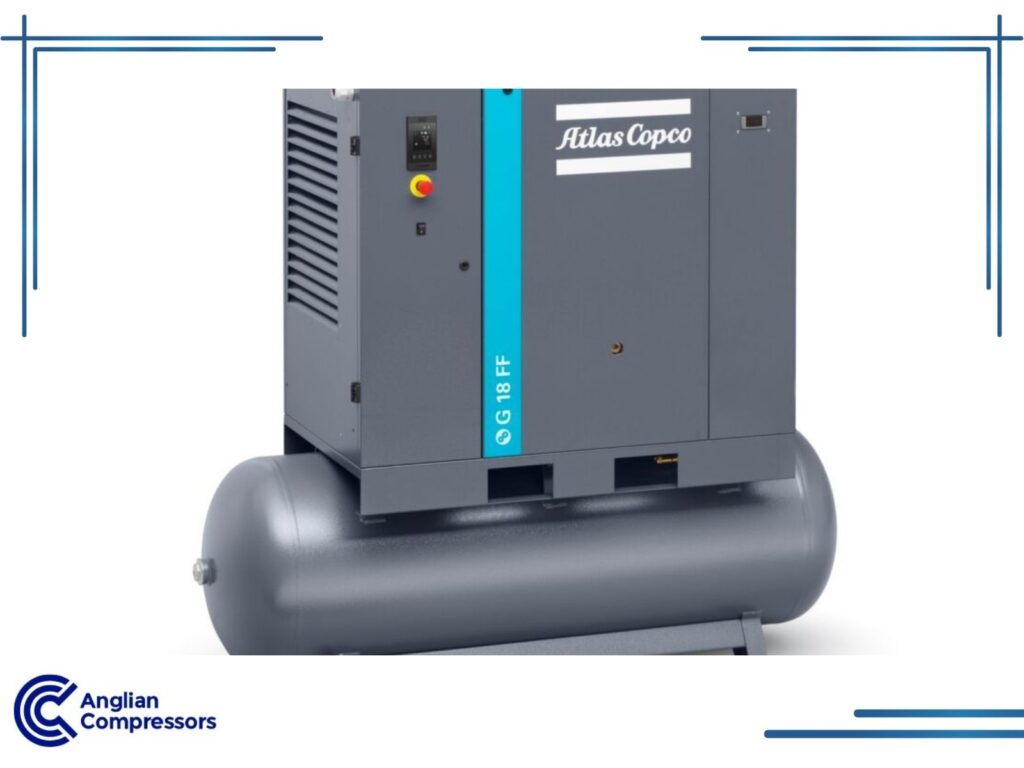Compressor Air Quality Testing
Air quality is an important aspect of UK employee health that employers are legally required to manage properly via compressed air regulations. This applies whether the staff are working indoors or as part of a mobile unit providing services outdoors, or at a secondary location.
Whether in a factory setting, a spray booth in a vehicle repair workshop, or another commercial setting, suitable air quality in air-fed systems needs to be tested regularly. Otherwise, contaminants may get into the air system, unbeknownst to either the employer or the workers reliant on the breathing apparatus.
Table of Contents
What Industries Are Most Applicable for Air Quality Testing?
Typically, certain industries repeatedly are highlighted where an air supply can become contaminated. This often occurs due to the location where business is conducted, or the activities are undertaken, causing the air quality or air system to become compromised.
Various types of manufacturing, chemical production, the pharmaceutical industry, automotive (including repair workshops), mining, and oil & gas are ones of note.
However, all businesses under the Health and Safety Executive (HSE) regulations must regulate cleaner air for employees to work safely. This aims to avoid any toxic or harmful effects affecting them.
Whilst this is usually less of a concern in an office-only environment, lingering risks, such as the possibility of asbestos being present in an older building, occasionally crop up.
Evolution of Safety Regulations for Air Quality
Safety standards for companies to adhere to have evolved and strengthened over the years. Some that were originally used have since been withdrawn and replaced with newer standards today.
For example, personal protective equipment regulations, a safety standard known as BS 4275:1997 was current until late November 2005. It was subsequently replaced with BS EN 529:2005, relating to respiratory devices. However, it didn’t draw reference to what air purity level was acceptable (or unacceptable).
To better understand acceptable occupational exposure levels, like relating to compressed air used in breathing apparatus, it’s necessary to refer to BS EN 12021. This covers both the EU and the UK. It provides specific guidance on acceptable levels for employers to test for, across a range of substances such as carbon dioxide, oxygen, oil mist, carbon monoxide, etc.
Presently, EN12021:2014 is the latest iteration (several versions existed before and were subsequently updated).
Why is Air Quality Testing So Important?
Employers can reference a document, HSG-53, which covers the use of respiratory apparatus in a workplace environment. The Health and Safety Executive (HSE) laid out and subsequently updated – now in it’s 4th edition – what employers are responsible for relating to respiratory protective equipment (RPE).
The main guideline worth mentioning here is that testing should be conducted every quarter, or sooner still, based on need. Respiratory equipment, that relies on high compressed air quality to be safe and effective, must be considered on its merits.
For example, in less clean environments, monthly testing might be more relevant. Advisories indicate when equipment is relocated either to another area within the work environment, or to a secondary location, retesting of air quality is necessary to ascertain whether the same conditions are relevant or not.
Also, in mobile environments where equipment is regularly moved around, this calls for retesting at each deployment to ensure safe exposure levels are maintained for employees.
What Are Workplace Exposure Limits?
Control of Substances Hazardous to Health (COSHH) as part of the HSE is a legal framework that sets forth what employers are required to manage relating to potentially dangerous substances.
COSHH aims to provide processes that are strongly recommended to employers to keep the staff from being exposed to unsafe levels of hazardous substances. The maximum acceptable levels for different substances do get updated, either through the UK or from EU laws, too.
The regulations created in 2002 — SI 2002/2677 set the workplace exposure limit aka WEL – which was updated subsequently in 2004 as SI 2004/3386.
Furthermore, new exposure limits for 13 substances were added or saw their levels revised in 2020 too. As such, it is an evolving legal requirement to ensure safe air that’s breathable for people using respiratory equipment.
Proper Risk Assessment is Critical
Risk assessment for breathing air systems must, by necessity, be proactive, rather than reactive.
Each workplace setting is unique. Breathing air quality testing is essential to ensure the safety of everyone sharing the same work environment and using RPE. This applies to mobile breathing air compressors just like it does to fixed location equipment.
Only when reassessing risk and the need to retest air quality following an equipment move, mobile equipment move, or even a significant wind direction change in an outdoor setting, is air quality safety maintained properly.

Let Anglian Compressors Help
Using a breathing air purifier and testing the air quality that your employees rely upon is essential.
Anglian Compressors provide the highest level of equipment from Atlas Copco. This includes complex, multi-filtration systems to remove excess carbon, oil, water, CO oxidation, and bacterial organisms to deliver a working environment that meets all necessary air quality regulations and standards required by UK companies.
Contact us below.


